I would like to preface this article with a statement that I am not the most seasoned long range shooter. There are plenty of reviews on the Kestrel 5700 Elite Meter with Applied Ballistics by more authoritative shooters with more expertise on ballistics. This overview / review of the Kestrel unit is my perspective of this device and how it has impacted my shooting.
The Kestrel weather meters are well known in the shooting community because they provide valuable weather collecting capabilities (temperature, humidity, wind speed, density altitude, etc). These devices are even more valuable now that the Kestrel weather meter is available with a built-in ballistic calculator that utilizes the real-time weather condition information.
For the longest time I used pre-printed data cards generated with the JBM Ballistics online web application. I would simply generate multiple dope charts for the same bullet and muzzle velocity with varying density altitudes.
This actually worked well enough for me for the past 15 years or so as I spent more time between 200 and 1000 yards. The issue I had with pre-printed data cards is that I simply would lose the cards or paper containing the data. The print outs sometimes get blown away by the wind or would get misplaced or mixed up with other disposable items and get tossed.
A more prevalent limitation of pre-generated drop tables is that muzzle velocity does not always stay the same because muzzle velocities can fluctuate with the ambient temperature, sometimes dramatically with more temperature sensitive powders.
I had a Kestrel 10+ years ago when they were simply weather meters and lacked the ballistics capabilities. Since I no longer had a full featured Kestrel and was not having much good experience with the Kestrel Drop D3 (battery dies quick, sometimes would not turn on even with new battery), I acquired a Kestrel 5700 Elite with Applied Ballistics a few months back.
I figured that I may as well get an all-in one unit that connected the ballistics calculator directly to the weather sensors, as opposed to using a generic meter like the Kestrel Drop D3 to get the live Density Altitude and plugging it into a ballistic calculator app on my iPhone.
The 2019 production model of the Kestrel 5700 Elite runs on a single AA battery so that keeps things simple when it comes to replenishing the battery while in the field (AA batteries common).
I opted for the Bluetooth capable version of the 5700 Elite so that I could connect to the Kestrel unit easily with the iPhone and update the gun profiles on the Kestrel via the iPhone app.
A gun profile is basically information on the given bullet (BC, caliber, weight) and the rifle it is being shot through (twist rate and direction, sight height over bore). The user can create multiple profiles for various bullet and rifle data combinations and from there the user can select one of the saved profiles while in the field and use the default muzzle velocity for that profile, or update it on the fly with more accurate muzzle velocity (assuming taken real-time).
The gun profile and (accurate) muzzle velocity combined with the real-time weather conditions recorded by the Kestrel are used by the Applied Ballistics software in the Kestrel 5700 Elite to generate the ballistic drop table information.
I mentioned earlier how I would create pre-printed drop charts using JBM Ballistics. Those charts were actually accurate enough to get me on paper in every case I used them in. This was the case as long as my muzzle velocity was within reasonable range of what I used in the calculator before hand and I had a chart for a DA close to what the real-time DA was.
But I found the Kestrel 5700 Elite with Applied Ballistics to be amazingly accurate. Case in point is that I went out to a range to shoot my American Rifle Company Mausingfield build in 6mm Creedmoor at 1000 yards for the very first time. I had shot it up to 600 yards before, but not at 1000 yards. I had a Magnetospeed V3 mounted on the rifle using the Wiser Precision mount, so I was collecting muzzle velocities real time.
Given my load data information, I knew that the given load I was shooting in 6mm Creedmoor averaged 3075fps in my 24″ 6mm Creedmoor Bartlein barrel. For that very moment in time at that range location with the 3075fps average, the Kestrel was telling me to shoot 7.0 MRAD up from my 100 yard zero.
I dialed 7.0 MRAD and sent the first round in the string and the muzzle velocity came up 3065fps and hit on target as a high 9 (1000 yard F-Class target). Being a cold (dirty) bore, I sent the next round down range with no adjustments for a muzzle velocity of 3085fps for another high 9. I put 3085fps into the Kestrel and with the given conditions it confirmed 6.9 MRAD up from 100 yard zero, so I took off a tenth of a MIL and sent the next round down range for a solid 10. I kept 6.9 on the scope for the next 19 or so rounds and the 22-round string averaged 3091 fps. The Applied Ballistics solver on the Kestrel 5700 Elite maintained a 6.9 MRAD elevation dope for the prevailing conditions and the rounds on target were vertically within the 10-ring (10″ vertical).
The Kestrel also works great for 22LR rimfire. The Kestrel 5700 Elite with Applied Ballistics has the bullet profile for SK rifle ammunition. Even without the included profile, SK published a .172 G1 BC for all of their round nose 22LR rimfire ammo.
I shoot a lot of rimfire as of late and the Kestrel 5700 Elite with Applied Ballistics returns solid ballistic data time and time again for rimfire out to 200 yards. In a range visit where I punched out to 300 yards on a steel plate, I actually needed to use 11.4 MIL up from my 50 yard zero with SK Long Range Match 22LR when the Kestrel was telling me to use 13.3 MIL.
I did have the steel target on the slope of the berm leading up to the 300 yard target placement rail, so it is possible that the true distance of the steel plate was actually 290 or shorter, since the Kestrel indicated a drop of 11.56 MIL for 275 yards, which is more in line with the 11.4 MIL I was using to hit the steel.
Even with the Applied Ballistics capabilities in this specific Kestrel 5700 Elite unit, the Kestrel is a weather meter first and foremost and can measure several data points:
- Wind speed/air velocity
- Temperature
- Wind chill
- Relative humidity
- Heat stress index
- Dewpoint temp
- Wet bulb temp
- Barometric pressure
- Altitude
- Density altitude
- Wind direction
- Crosswind
- Headwind/Tailwind
- Pressure trend
With the Bluetooth LiNK feature, I am not only able to update gun profiles on the Kestrel from my iPhone, I can also update the firmware on the Kestrel from the iPhone via the Kestrel Ballistics app.
It is quite slow, though. It took about 30 min to complete a firmware upgrade, so I highly recommend putting in a fresh battery before committing to a firmware upgrade.
The primary reason why I waited so long to get a Kestrel with a built-in ballistics solver is the price. The current price for the Kestrel 5700 Elite with Applied Ballistics is $599 USD for the non-LiNK (non-Bluetooth) and $699 for the LiNK / Bluetooth capable unit.
Now there is a slightly less expensive version of the Kestrel 5700 Elite called the Kestrel 5700 Ballistics Weather Meter with LiNK at $399 USD. It is a Bluetooth capable unit with Applied Ballistics, but with the following differences from the 5700 Elite:
- Only available in Tan
- No Drop Scale Factor (Kestrel states DSP is highly recommended when shooting transonic)
- No custom curves (Ballistic Coefficient adjustment and true / tested curves in bullet library)
The 5700 non-Elite can be upgraded to the 5700 Elite with a paid firmware upgrade (as opposed to update) for an additional $300 (the cost difference between the Kestrel 5700 and Kestrel 5700 Elite LiNK version).
The $300 cost savings sounds pretty significant, but I think that the custom curves bullet library alone is worth going with the Kestrel 5700 Elite over the regular 5700. Bryan Litz (and Applied Ballistics) has been the pioneer of modern long range ballistics in terms of pushing the industry from G1 to the G7 drag models and educating the general shooting community on the truths of ballistics. Applied Ballistics is a trusted authority for ballistics and the information from their testing of bullets to get more accurate ballistic coefficients (versus what the manufacturers claim) is highly regarded.
But is the Kestrel 5700 Elite meter with Applied Ballistics worth acquiring? In all honesty, it is a high price for convenience.
Most people can just get a ballistics solver app for their iPhone and generate drop tables on the fly with the phone app that will be relatively accurate as long as they have some way to read density altitude. Of course, density altitude isn’t the only metric that matters, and all of the other factors such as temperature and humidity still factor in. The disconnect between the weather meter and the ballistic solver and having to transfer data from the weather meter to the solver is a detriment.
If I can, I would prefer not to have to touch my iPhone while shooting. While I will manage gun profiles on the iPhone and transfer them to the Kestrel, I do that before hand and not when behind the gun. When I am behind the gun, I just want to manipulate the Kestrel independent of another device to get information.
So the factor of high price for the convenience is going to have to be weighed by each individual shooter and their specific needs.
I will say that if you do decide to get one, you will be quite happy with it. You may not like the initial cost, but I am pretty sure that you won’t be thinking about the price you paid when you are actually putting it to use and getting dead-on accurate trajectory information out of it while out on the range or in the field.
Hopefully my perspective on the Kestrel 5700 Elite Meter with Applied Ballistics helps you make an informed decision on whether to get a Kestrel 5700 Elite for yourself.
Addendum: If you do not already own a chronograph, I recommend getting one before getting a Kestrel 5700 Elite. Knowing your muzzle velocity is critical for any ballistic solver, whether it’s built-in to a Kestrel meter, if you use a ballistic app on a smartphone, or use one of the free available web apps. Currently the two modern (and top) choices are either the Labradar or the MagnetoSpeed. The Labradar is an excellent unit, but more expensive than the MagnetoSpeed, and the MagnetoSpeed comes in two different models: V3 and Sporter, of which the Sporter is the more budget-friendly model. I own both the LabRadar and MagnetoSpeed. Both have their strengths and nuances, but I recommend either one.

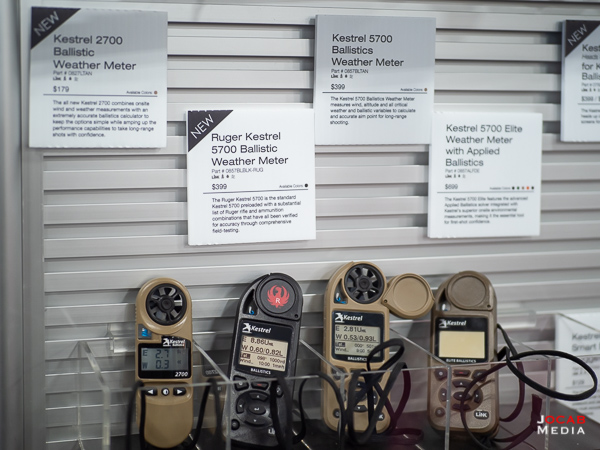
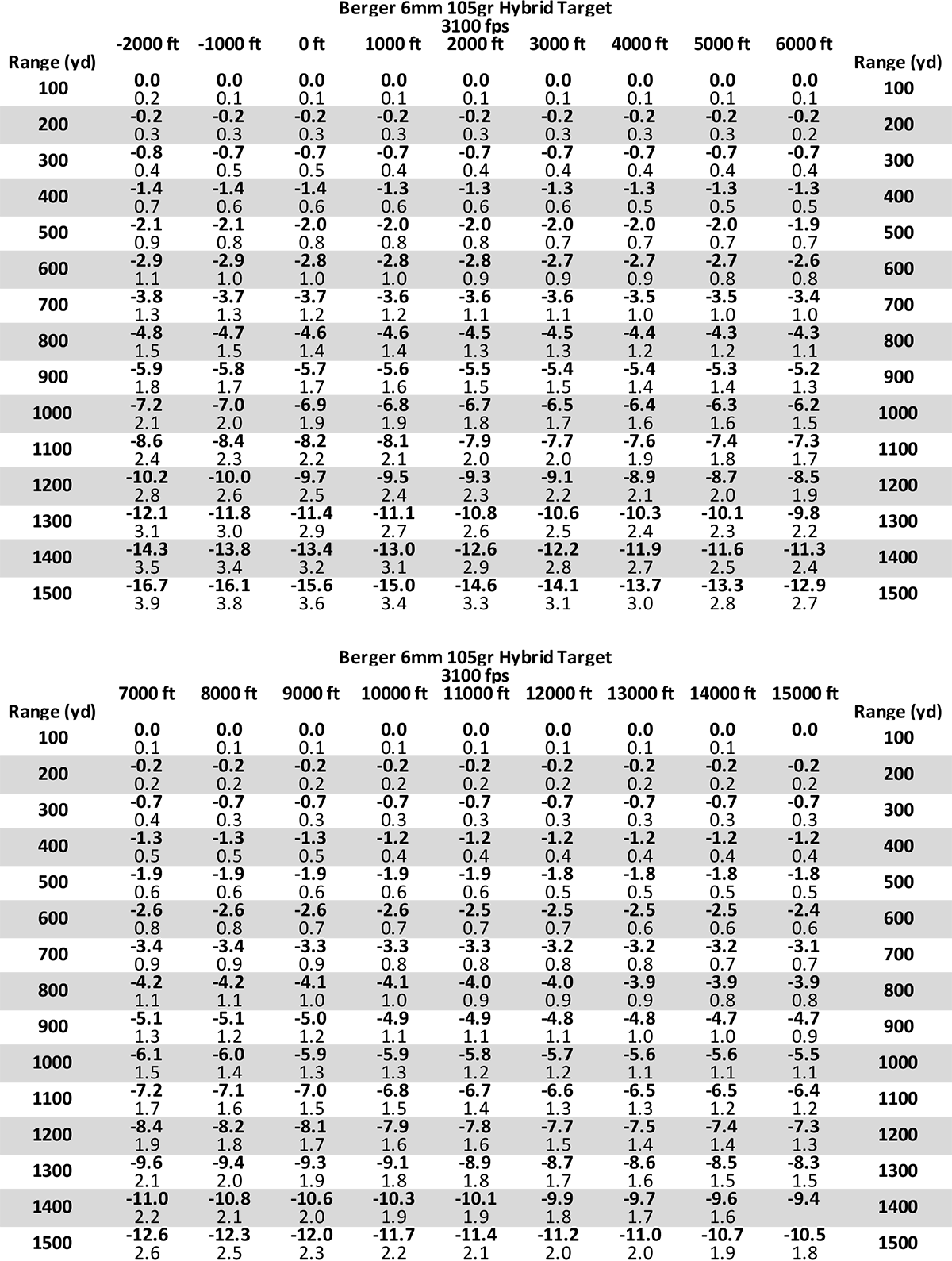
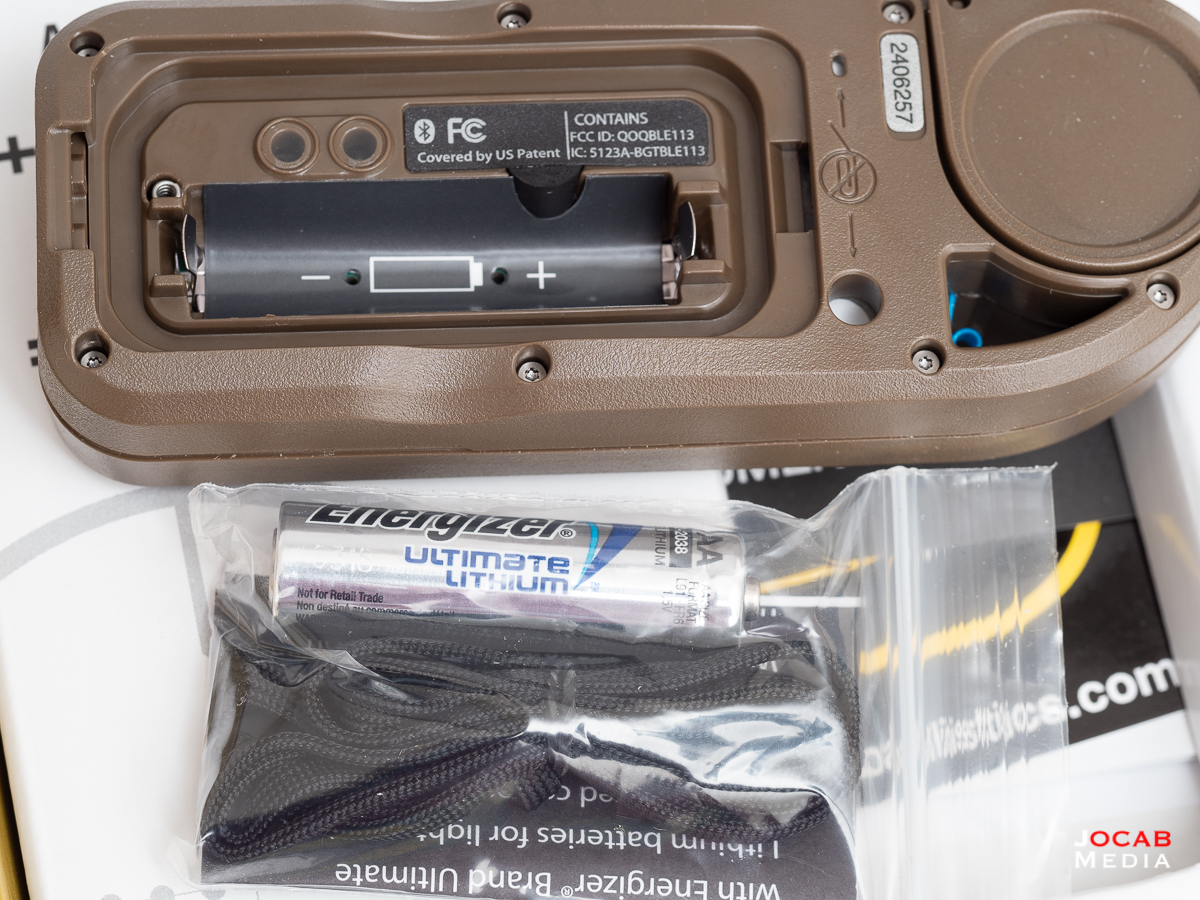
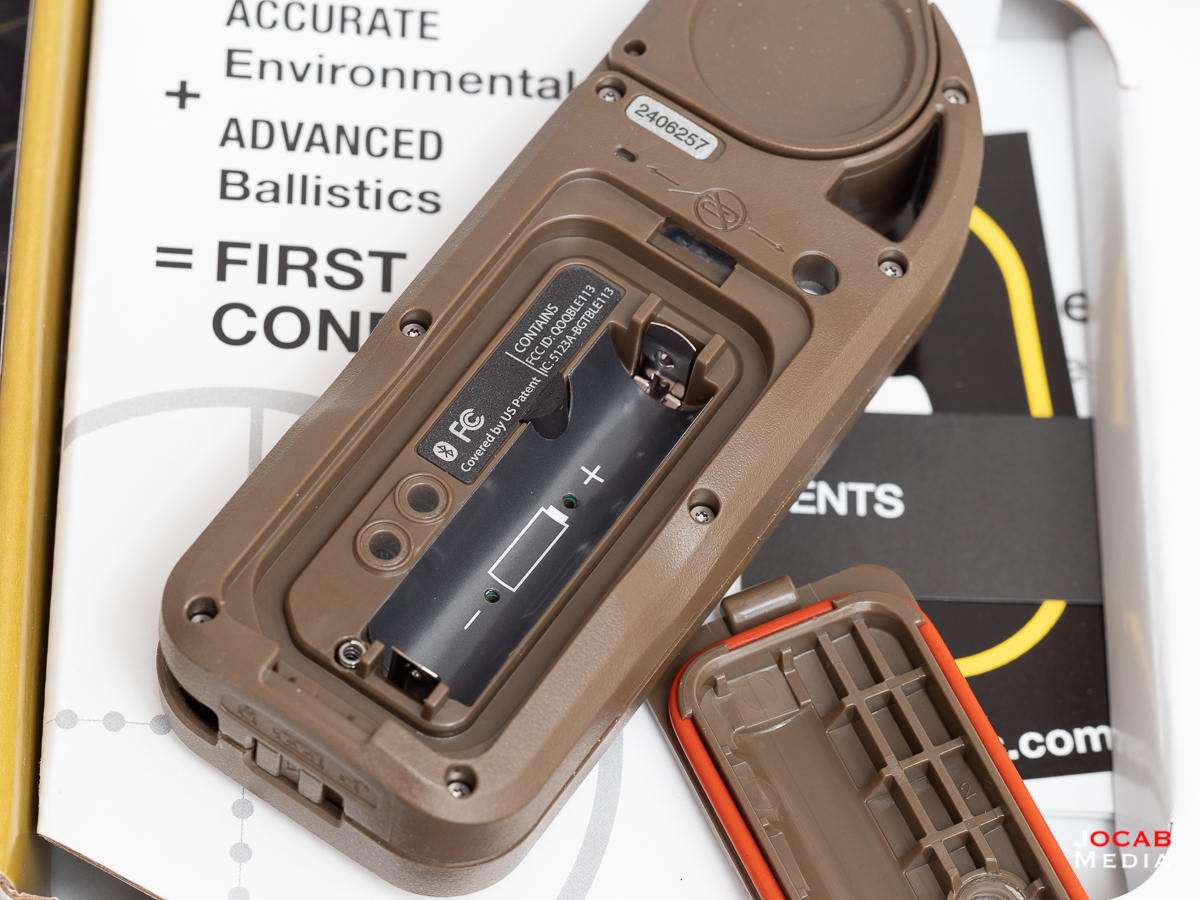
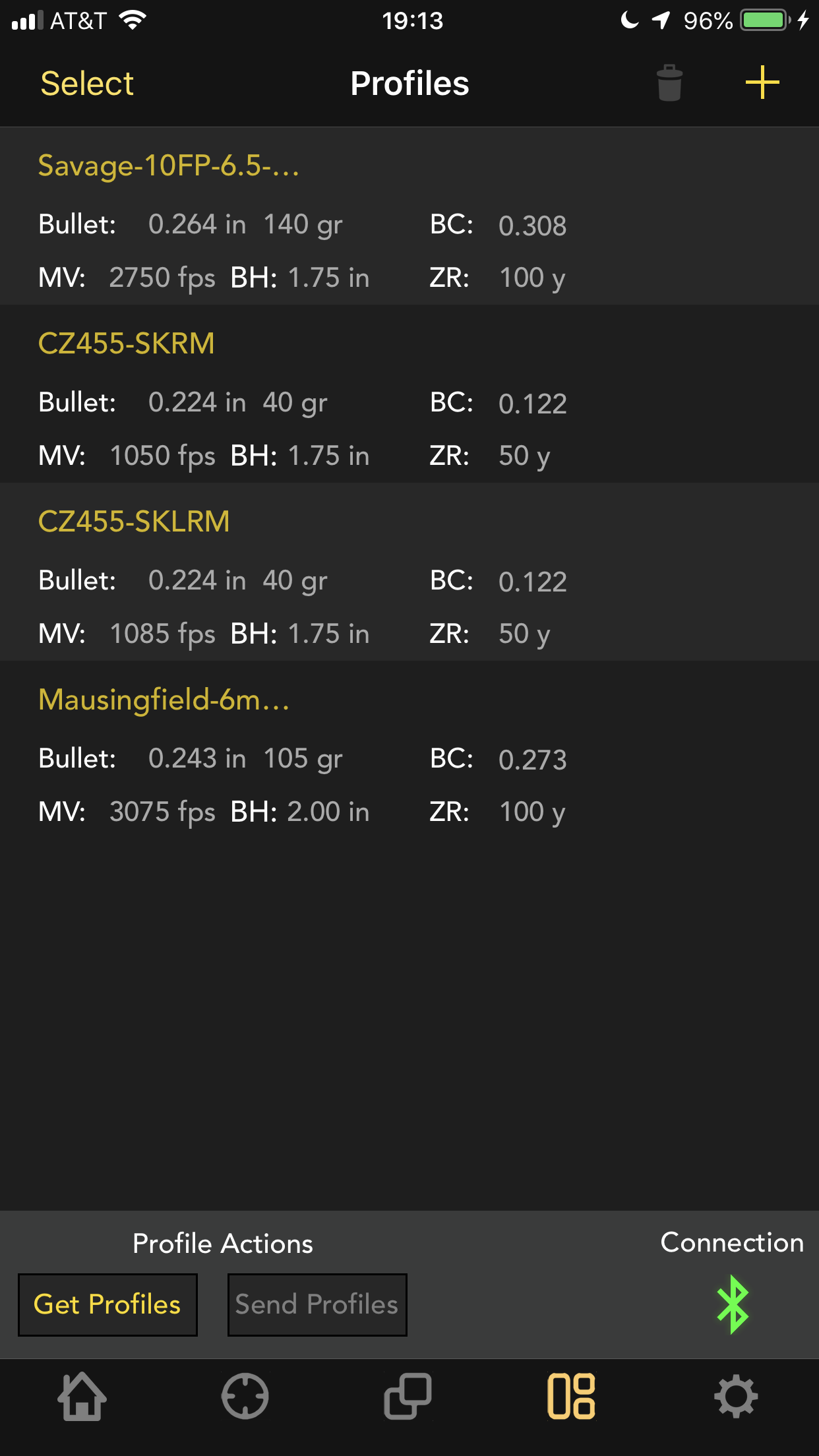
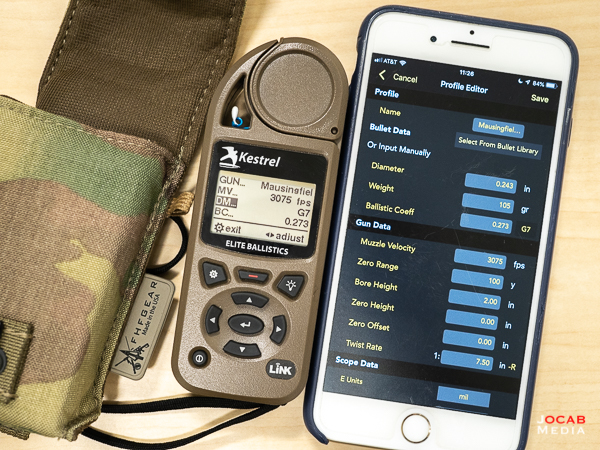
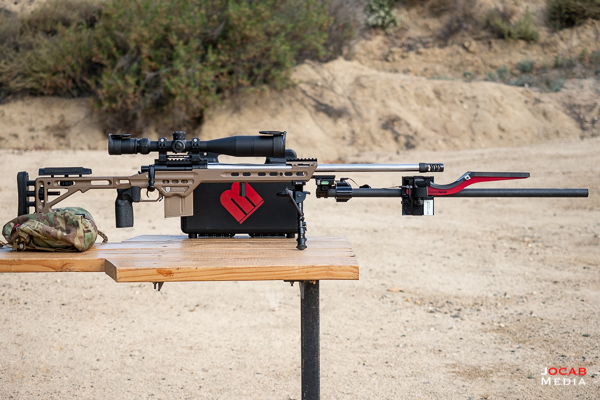
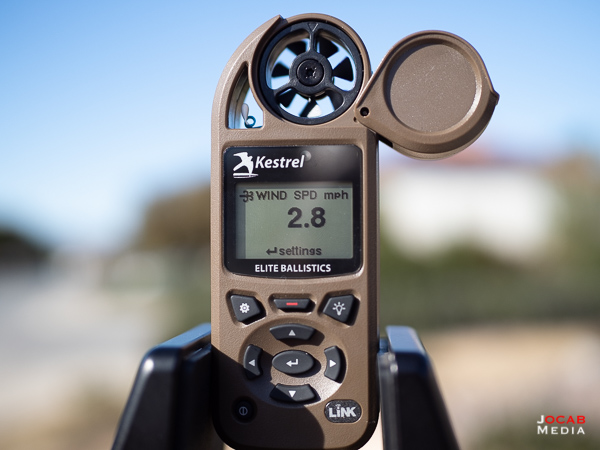
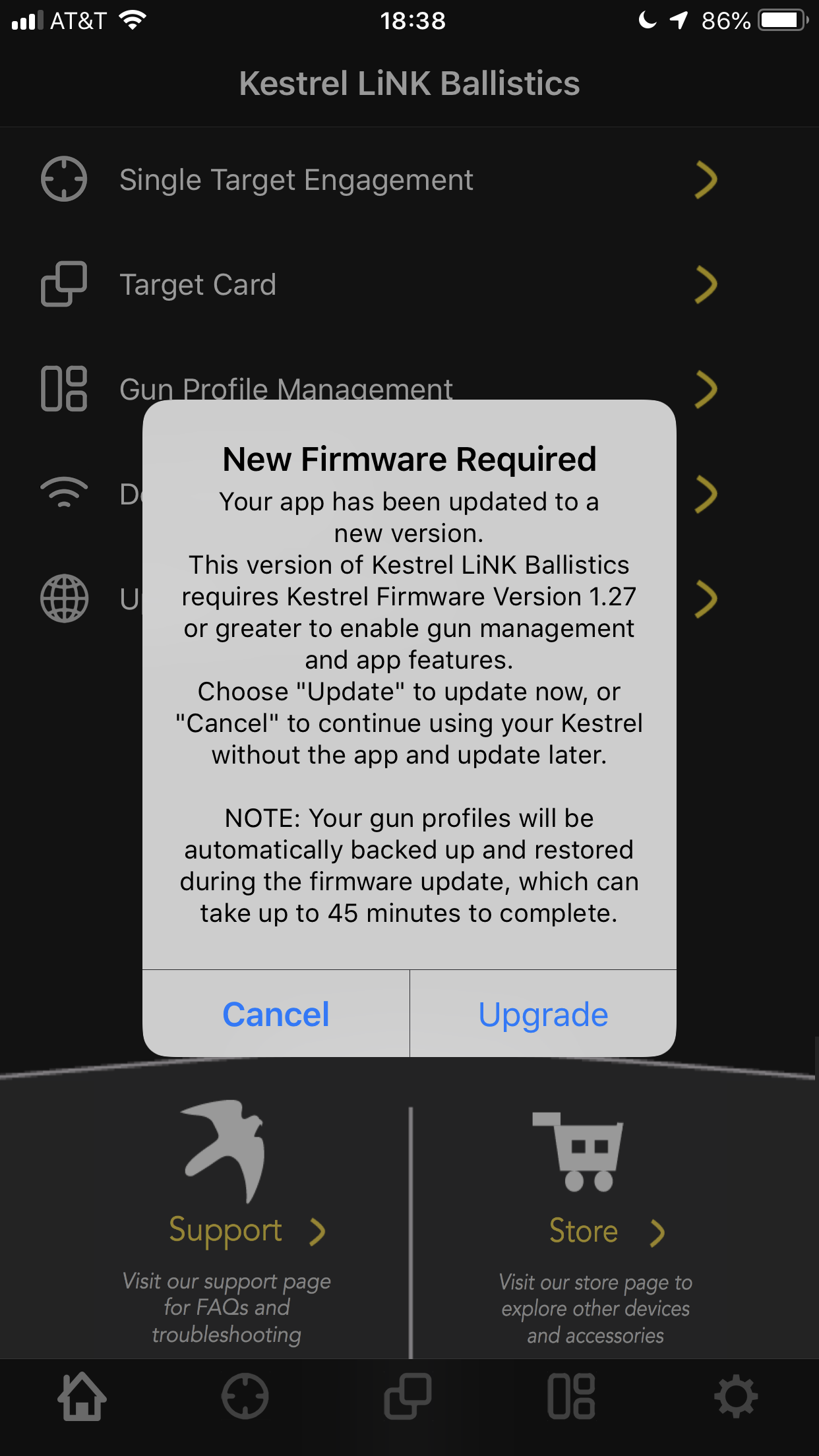
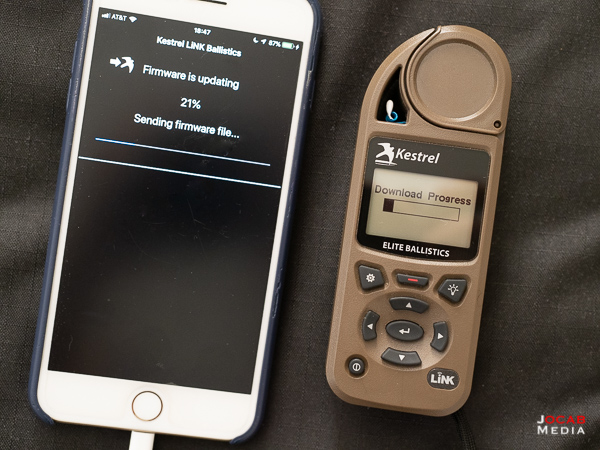
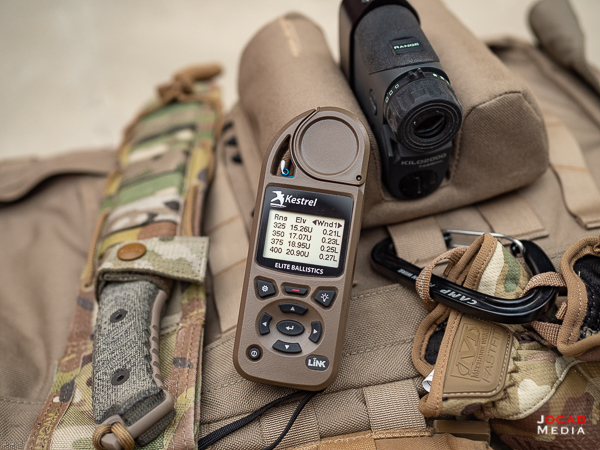
Comment on this post